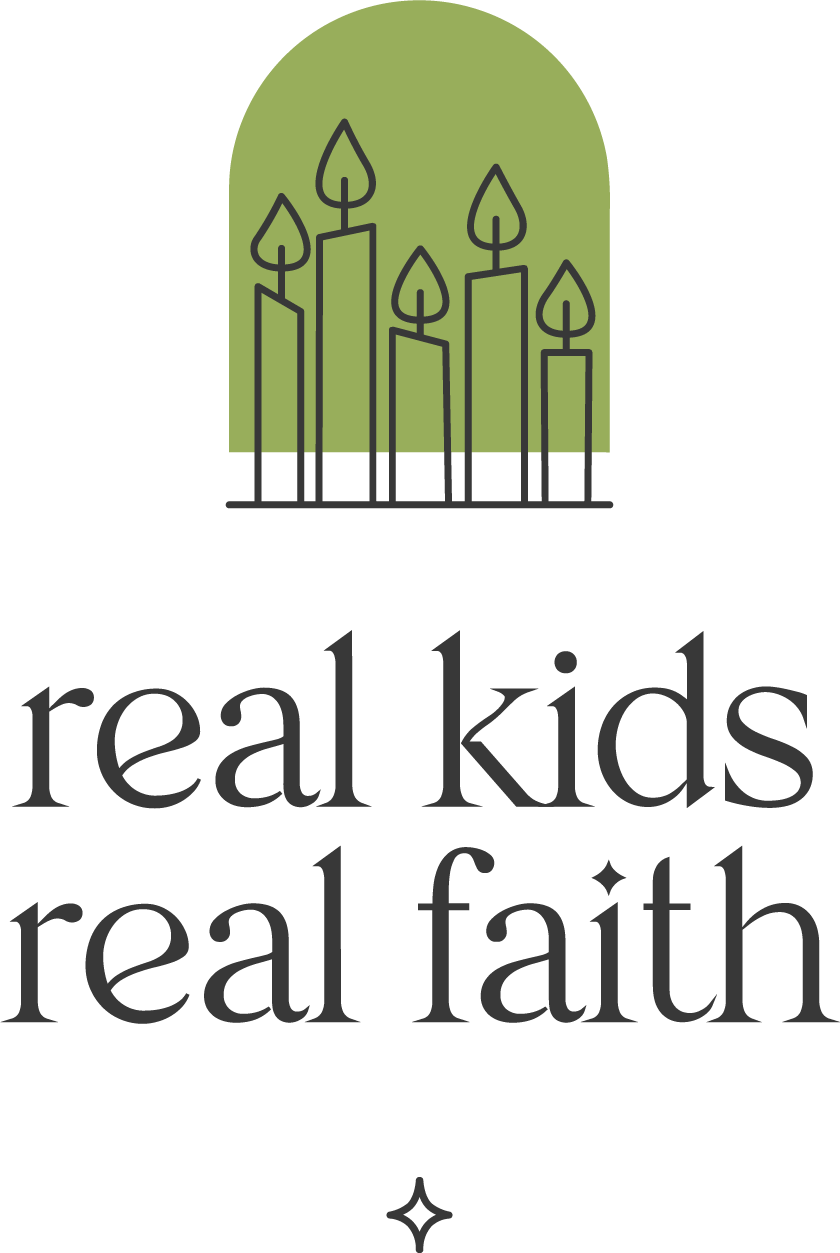As fall crops are harvested and days grow shorter, many cultures and religions acknowledge the season with celebrations of light. One such celebration is the Hindu festival of lights, known as Diwali. It marks the start of a new year for Hindus, Sikhs, and Jains around the world.
This year, Diwali begins on October 24 and continues for five days. The name is short for Deepawali, a Sanskrit word that means ‘row of lights’. The religious stories associated with Diwali point to times when good overcame evil (light overcame darkness). Celebrants decorate their homes with colorful designs (rangoli), light clay oil lamps (diyas) and paper lanterns, set off fireworks, and enjoy sweet treats (mithai).
Invite children to celebrate (or learn more about) Diwali with these activities:
Create a rangoli. These decorations are traditionally created on an entryway floor out of colored powder, sand, or petals. They can be simple or elaborate geometric designs that include flowers and other decorative images. An easy way to make a rangoli is with several squirt bottles that each contain a different color of sand. Children can squeeze the sand out of the bottle to draw their designs. (For young children, an even simpler approach is to use sidewalk chalk to draw a design and then invite them to color it in.) Once the rangoli is finished, surround it with votive candles (real or LED) and watch the light flicker over the design.
Decorate a diya. A clay lamp, or diya, looks like a bowl with a small pour spout where a cloth wick can lay and also be submerged in lamp oil at the bottom of the bowl. Children can paint designs on the lamp and then, when it is dry, light it with the help of an adult and share stories about times when light has overcome darkness in their lives.
Read traditional stories. Diwali has been celebrated for more than 2,500 years and incorporates many stories about Hindu, Jain, and Sikh deities. Read about the origins of the festival together. Ask children to identify the bad things happening to people in the traditional stories and how they overcome them. Invite them to consider which strategies they might use when they are in trouble.
Enjoy mithai. Traditional sweet treats are a big part of the festival, from making them on Day 2 to enjoying them as part of a feast on Day 3 and giving them as gifts on Days 4 and 5. Pick some mithai recipes to try (see Related Resources) or purchase sweets locally. Get some to eat and some to share with others.
Celebrate siblings. The last day of the festival celebrates the love between sisters and brothers through visits, feasting, and gifts. Encourage children to name things that they appreciate about their siblings (or friends they think of as siblings). Invite them to make up a silly song or rap verse and then share it with their sibling/friend, perhaps while eating mithai together.
Related Resources
- Diwali Facts for Kids
- Diwali - Festival of Lights
- 🪔🌸 Easy Diwali Rangoli for Kids
- 3 Easy Ways to Decorate Plain Diya At Home | DIY Diya Painting Ideas | Diwali Decoration
- Children's Books About Diwali to Celebrate the Festival of Lights
- Diwali Sweets Recipes | 100 Diwali Recipes
- Exploring Spiritual Traditions through Objects | RKRF
- Mindful Art | RKRF

Comments